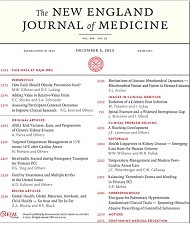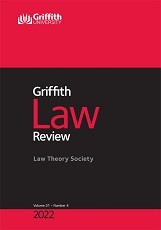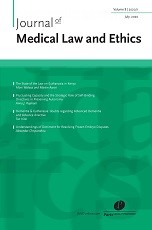An Interview With a Doctor Involved in the Early Development of Both and Two of His Successors
Jan L. Bernheim, Wim Distelmans, Arsène Mullie, Michael A. Ashby

Abstract
This article analyses domestic and foreign reactions to a 2008 report in the British Medical Journal on the complementary and, as argued, synergistic relationship between palliative care and euthanasia in Belgium. The earliest initiators of palliative care in Belgium in the late 1970s held the view that access to proper palliative care was a precondition for euthanasia to be acceptable and that euthanasia and palliative care could, and should, develop together. Advocates of euthanasia including author Jan Bernheim, independent from but together with British expatriates, were among the founders of what was probably the first palliative care service in Europe outside of the United Kingdom. In what has become known as the Belgian model of integral end-of-life care, euthanasia is an available option, also at the end of a palliative care pathway. This approach became the majority view among the wider Belgian public, palliative care workers, other health professionals, and legislators. The legal regulation of euthanasia in 2002 was preceded and followed by a considerable expansion of palliative care services. It is argued that this synergistic development was made possible by public confidence in the health care system and widespread progressive social attitudes that gave rise to a high level of community support for both palliative care and euthanasia. The Belgian model of so-called integral end-of-life care is continuing to evolve, with constant scrutiny of practice and improvements to procedures. It still exhibits several imperfections, for which some solutions are being developed. This article analyses this model by way of answers to a series of questions posed by Journal of Bioethical Inquiry consulting editor Michael Ashby to the Belgian authors.
Bernheim JL, Distelmans W, Mullie A, Ashby MA. Questions and Answers on the Belgian Model of Integral End-of-Life Care: Experiment? Prototype?: “Eu-Euthanasia”: The Close Historical, and Evidently Synergistic, Relationship Between Palliative Care and Euthanasia in Belgium: An Interview With a Doctor Involved in the Early Development of Both and Two of His Successors. J Bioethic Inq. 2014;11(4):507-529.




